-
- USA/Canada 1-800-285-2726
- Australia (02) 8006 4411
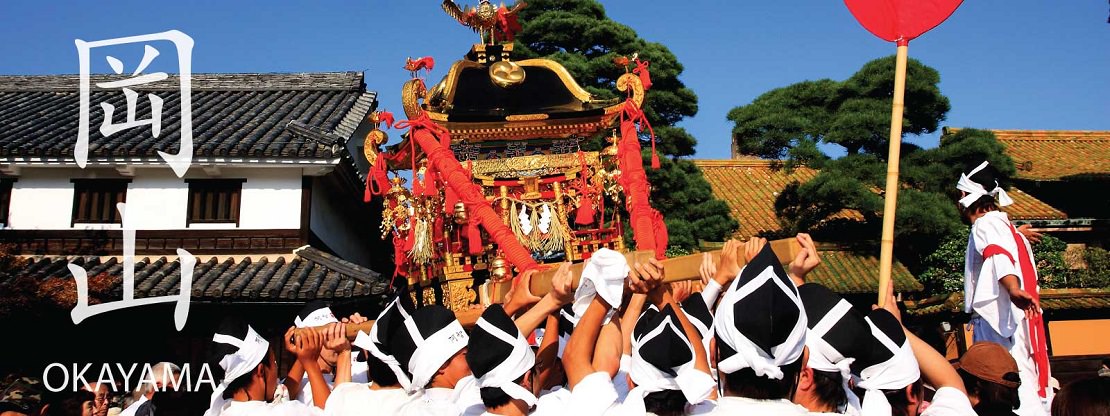
Region: Chugoku
Capital: Okayama
Population (approx.): 1.932 million (2012)
Area: 2,746 sq miles
Area Rank: 15
Okayama Castle, One of the Three Major Garden Koraku-en
Bikan Chiku - Town of Storehouses
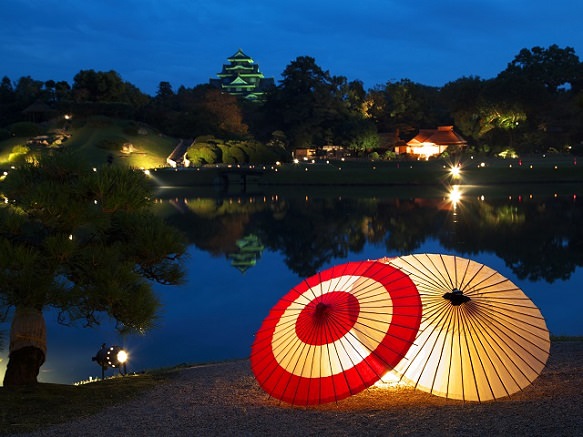
Okayama Prefecture is located in the Chugoku region and is home to the cultural, historic town of Kurashiki. The town of Kurashiki is best known for its canal area that served an important role during the Edo Period (1603-1867). Kurashiki, which roughly translates to “town of storehouses”, served as an important place of storage for the large quantities of rice that were brought into town before distribution. This important role of the city put the city under direct control of the shogunate. The town has preserved the town’s ambiance by preserving the former storehouses and converting them into cafes, shops, and museums for its tourists. One of these museums is the Ohara Museum, Japan’s oldest Western art museum. The private museum was created by Ohara Magosaburo in 1930 to commemorate Kojima Torajiro, a Western-style painter whose talents Ohara respected deeply. The Main Gallery exhibits most of the museum's highlights by various artists like Picasso, Pollock, El Greco, and many others. Although in the early years most of the artworks were by French artists, the gallery now includes works by Italian, American and artists of other nationalities. Korakuen Garden, considered one of Japan’s three best landscape gardens, is also in Okayama. The garden features spacious lawns, a large pong, streams, and a hill, creating a beautiful space. From the garden, visitors can also see the Okayama Castle, adding to the beautiful scenery.
One of three best landscape gardens in Japan
Japan's oldest Western art museum displaying all kinds of artwork
Series of six bridges that connect the five islands of Shikoku to mainland Honshu
Nicknamed Crow Castle for its black exterior
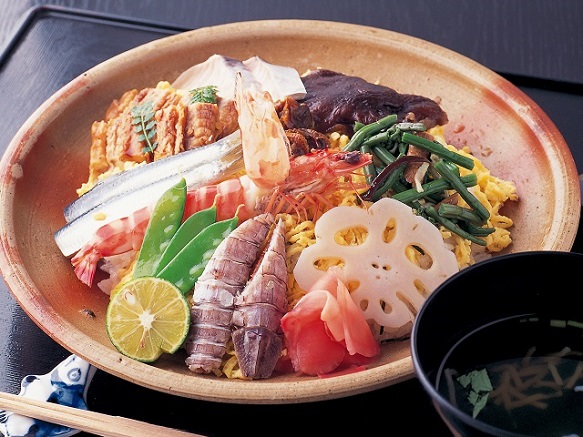
One of Okayama’s local cuisines is the “barazushi”. Fresh seafood and vegetables are placed on top of vinegar-ed rice, often in a beautiful presentation. Barazushi is the origin of the better known “chirashi-zushi”, with more various ingredients.
Okayama is known for its folktale "Momotarou", literally Peach Boy. The story is about a little boy who was born from a peach and became a hero by defeating demons with his team of animals. The significance of the peach in Okayama is actually accurate: peaches were first brought to Japan from China in Okayama. With its ideal climate, Okayama produces delicious, juicy white peaches.
Okayama is also a major producer of muscat grapes. Muscat from Okayama account for over 90% of the country's muscat grapes. They are formerly known as the Muscat of Alexandria, and in Japan, "the queen of fruits".
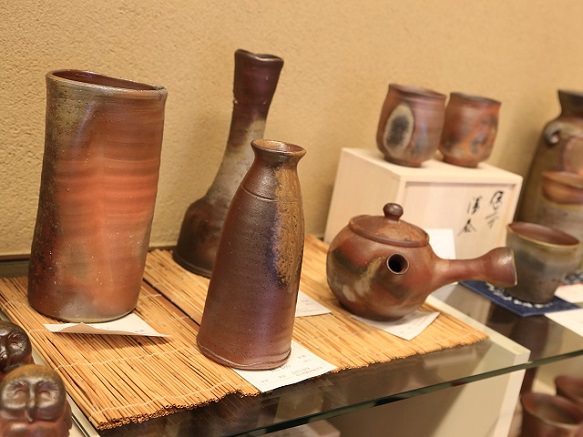
Bizen-yaki is a type of pottery that developed in Bizen, Okayama. Bizen yaki is the oldest (over 1,000 years old) of the six recognized ancient styles of pottery. Bizen yaki is unique in that it does not use glaze or ceramic paint. Bizen yaki pottery is created just from the fire of the kiln which produces the unique patterns on the pottery. The finished product is a reddish brown color and has a high iron content. Its surface and design though can vary greatly, depending on the firing conditions. Bizen yaki is created by firing the pottery slowly for a long time.
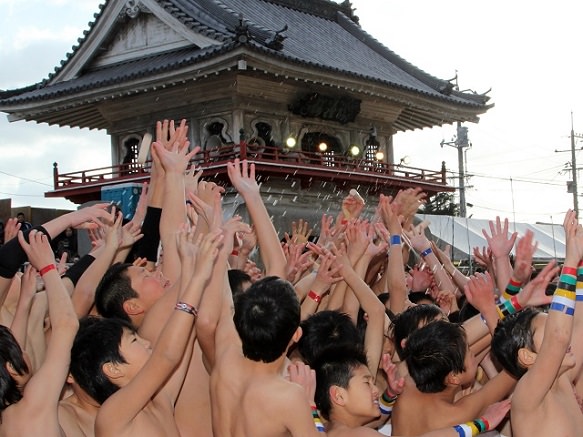
Every 3rd Saturday in February, a unique event called "Saidaiji Eyou" takes place in Okayama City. Thousands of naked men wearing just a loincloth gather at the temple in hopes of catching one of the two holy sticks that the priest throws into the crowd in darkness. The men who end up with the stick is called the "fukuotoko" or lucky man, and is said to be blessed with happiness for that year. Besides the two holy sticks, 100 bundles of willow strips are also thrown at the crowd for the men to catch. Saidaiji Eyou lasts a while because although someone might catch the holy stick initially, the other men tackle and snatch away the sticks. One does not truly become the fukuotoko until he places the stick in a box called a masu. The two men who successfully catch and place the holy sticks in the box gain happiness for that year.
Festival in Okayama featuring beautifully bloomed wisteria flowers